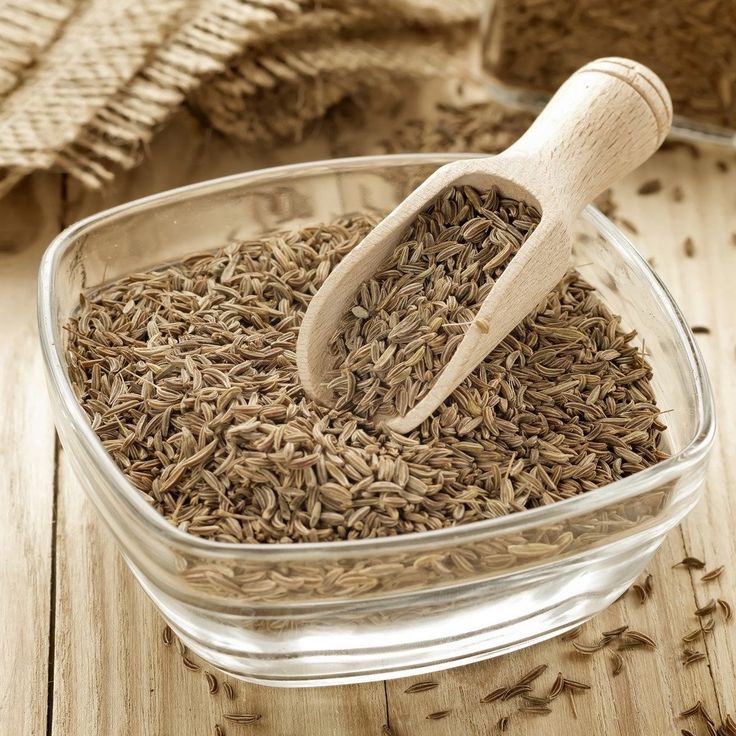

Caraway (Carum carvi)
Caraway, known scientifically as “Carum carvi”, is a
biennial plant native to Europe, North Africa, and
Western Asia. It is widely cultivated for its aromatic seeds,
which are commonly used as a spice.
• Botanical Characteristics
- Family: Apiaceae (Umbelliferae)
- Leaves: Finely divided, feathery leaves similar to those
of carrots
- Flowers: Small, white or pink, arranged in compound
umbels
- Seeds: Crescent-shaped, brown, with five pale ridges.
• Active Compounds
- Volatile Oils: Carvone and limonene are the principal
components, contributing to its distinctive aroma and
flavor
- Flavonoids: Including quercetin and kaempferol
- Phenolic Acids: Such as caffeic and chlorogenic acids
• Traditional Uses
- Digestive Health: Used as a carminative to relieve
bloating, gas, and indigestion
- Appetite Stimulant: Helps to stimulate appetite and
digestion
- Lactation Aid: Traditionally used to increase milk
production in breastfeeding women
- Respiratory Health: Employed in remedies for coughs
and colds.
• Modern Medicinal Uses
- Digestive Aid: Effective in treating dyspepsia, flatulence,
and colic
- Antimicrobial: Exhibits antibacterial and antifungal
properties
- Antioxidant: Contains compounds with antioxidant
activity
- Menstrual Health: May help alleviate menstrual cramps
• Precautions and Side Effects
- Allergic Reactions: Possible in individuals allergic to
other members of the Apiaceae family
- Pregnancy and Breastfeeding: Generally considered
safe, but high doses should be avoided
- Interactions with Medications: Potential interactions
with drugs affecting blood sugar levels and
anticoagulants.
• Culinary Uses
- Spice: Widely used in European, Middle Eastern, and
North African cuisines
- Baked Goods: Commonly used in rye bread, cakes, and
pastries
- Savory Dishes: Adds flavor to sausages, sauerkraut,
goulash, and other meat and vegetable dishes
- Liquors: Used in the flavoring of alcoholic beverages
like aquavit and kümmel.
